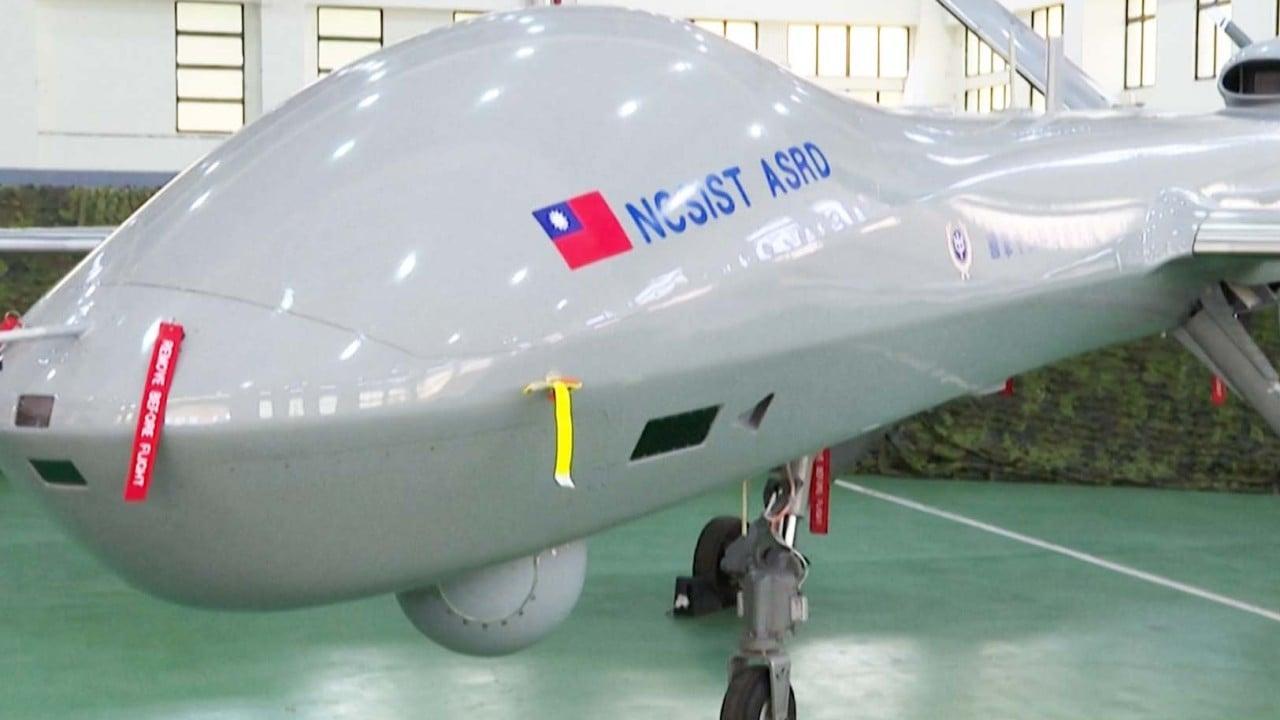
Witnesses told local media the missile, believed to be the new Hsiung Sheng cruise missile, left a trail of smoke in the clear sky after it was successfully launched.
The surface-to-surface missile is an extended-range version of the Hsiung Feng IIE, which is able to hit targets up to 1,200km (746 miles) – far enough to reach major mainland cities such as Qingdao on the east coast or Wuhan in the centure.
The NCSIST declined to identify the missile but local newspapers, including the Liberty Times, quoted a military observer who said that from the altitude and test site coordinates provided by the agency, it was most likely the newly developed Hsiung Sheng.
The missile was tested in sky past Green Island to Orchid Island, and northeast to Yilan County, covering 300km north to south and 180km from east to west, at a height of up to 30km, according to the agency.
There would be four more tests this month, the agency said.
It was the NCSIST’s first missile test this year. Six tests planned for late last year were cancelled either because of unstable weather or because the PLA was holding military drills close to Taiwan, NCSIST officials said.
The PLA has intensified its military operations to ramp up pressure on Taiwan after holding unprecedented live-fire drills surrounding the island in early August in retaliation for a Taipei visit by then-US House speaker Nancy Pelosi.
Beijing, which claims Taiwan as part of its territory to be taken under control by force if necessary, was furious with the trip which it saw as a violation of its sovereignty. Most countries, including the US, do not recognise Taiwan as an independent state. Washington, however, opposes any attempt to take the island by force.
The rising tension in the Taiwan Strait has prompted warnings by some US military officials, including Air Force General Mike Minihan, that the PLA might attack Taiwan either in 2025 or 2027, although the Pentagon has said a cross-strait war is not imminent.
The NCSIST also said on Tuesday it was working closely with civilian companies in Taiwan to develop a variety of drone types for military use, adding that building a UAV fleet proved to be effective in Ukraine’s resistance against Russia’s invasion.
“Those contracted companies are expected to complete the prototypes of five types of those drones by July 31 as scheduled,” said Chi Li-pin, the head of NCSIST’s aeronautical systems research division, told a news conference in Taipei.
He said the five types of drones – all for surveillance – include carrier-launched UAVs, land-based surveillance UAVs, drones with target-acquisition capabilities, surveillance UAVs and miniature UAVs.
After being tested for performance and effectiveness, mass production could begin next year, Chi said.
Under the plan, the NCSIST would order 3,000 of the UAVS from the contractors for delivery next year.
He said all contractors were required to prove that their UAVs will not contain parts made by, or that production was funded by, mainland China for security reasons.


